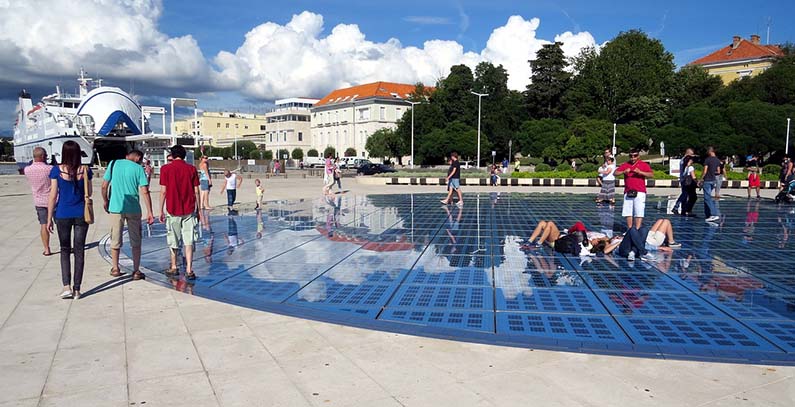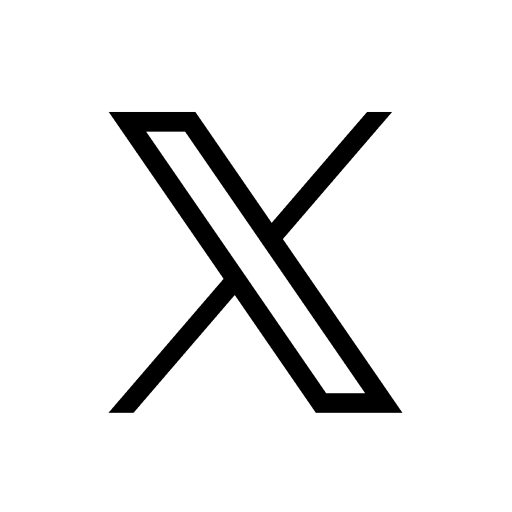
Photo: Katarzyna Tyl from Pixabay
Analysts have calculated that the share of 36.4% in gross final energy consumption, targeted in Croatia’s strategy for the next decade for renewable sources, is equivalent to 1.9 GW. GlobalData said in its report that the projected level doesn’t include small hydropower.
Authors updated the outlook and attributed the surge in green energy’s stake mostly to feed-in tariffs and systematic premiums. They noted decision makers have been setting higher goals in the national renewable energy action plan (NREAP), originally passed in 2013. The firm added the share of the renewables’ capacity grew to 17%, measured last year, from little above 1% in a decade.
The Balkan country’s potential in wind and solar energy is as high as 9 GW, analyst Utsha Ghosh wrote and added it means “new opportunities” for investment. “The prominent wind resources in the south, south-west coastal region comprise significant wind potential to meet the country’s renewable energy target. The country also has huge potential for geothermal energy in the northern part of the country, which could be used both for electricity generation and heating,” he stated.
According to the findings, wind power will hit 1.4 GW in comparison with the 625 MW that was recorded in 2018. Photovoltaic capacity is seen at 280 MW in 2030, which would mean growth of nearly 220 MW! It equates to a compound annual growth rate (CAGR) of 15%. The volume from biofuel in electrical energy should purportedly have an 8% rate of increase and climb to 212 MW.
Solar power capacity may grow almost five times by the end of the next decade, to 280 MW, according to the report
The CAGR estimation for net power consumption landed at 2.3% for 2019-2030 to surpass 21 TWh.
The state-owned power giant HEP Group aims to lift the size of renewable sources by half, the document reads. The researchers praised the government in Zagreb for favourable conditions for the construction of combined heat and power (CHP) plants.
They asserted sustainable solutions and distributed sources “changed the market dynamics” for electric power there. The cabinet is exerting “strong policies to cut down pollution” and counting on the decrease in expenses for renewable energy projects, the report concludes.









Be the first one to comment on this article.